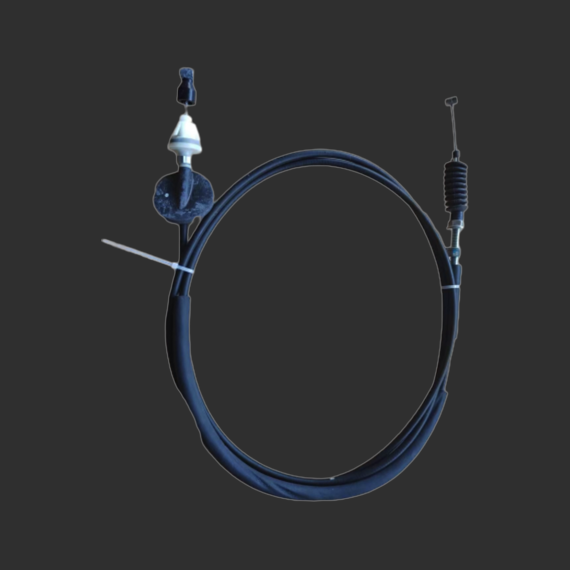Understanding the Differences Between Gas Pedals and Throttle Cables in Modern Vehicles
Understanding the Gas Pedal and Throttle Cable Key Components of Automotive Performance
The gas pedal and throttle cable are two critical components in the functioning of an internal combustion engine. Together, they enable drivers to control the engine's power output and, consequently, the vehicle's speed. While modern vehicles have increasingly transitioned to electronic throttle control systems, the principles governing the relationship between gas pedal input and throttle response remain largely the same.
The Gas Pedal The Driver’s Interface
The gas pedal, often referred to as the accelerator pedal, serves as the primary interface between the driver and the vehicle's engine. When the driver presses down on the gas pedal, they are essentially communicating their desire to increase speed. This action prompts the throttle system to open further, allowing more air and fuel to enter the combustion chamber. The design of the gas pedal is typically ergonomic, ensuring a natural and comfortable motion for the driver to manipulate.
In a traditional mechanical setup, the gas pedal is connected to the throttle body via a throttle cable. By pulling or pushing this cable, the pedal directly influences the position of the throttle plate, regulating the airflow into the engine. The more the pedal is pressed, the more the throttle opens, and the more power is generated by the engine. This direct mechanical link provides immediate feedback to the driver, fostering a sense of control that many enthusiasts appreciate.
The Throttle Cable The Mechanism Behind the Motion
The throttle cable is a simple yet effective mechanism that plays an essential role in the interaction between the gas pedal and the engine. It is usually constructed from a durable steel wire and is housed within a protective casing to prevent wear and tear. As the gas pedal is depressed, the cable is pulled, which opens the throttle valve. Conversely, when the pedal is released, the cable retracts, allowing the throttle to close.
gas pedal and throttle cable

Over time, the throttle cable can experience issues such as fraying, stretching, or binding, which can lead to poor throttle response or an inability to accelerate effectively. Regular maintenance checks are essential to ensure that the throttle cable operates smoothly, as any malfunction can compromise vehicle performance and, in extreme cases, pose safety risks.
The Transition to Electronic Throttle Control
With advancements in automotive technology, many vehicles now employ electronic throttle control (ETC) systems. In these systems, the traditional mechanical link between the gas pedal and the throttle body has been replaced by electronic sensors and actuators. The driver’s input on the gas pedal is converted into an electronic signal, which is then interpreted by the vehicle's engine control unit (ECU). The ECU manages the throttle position electronically, allowing for more precise control of engine power and improved fuel efficiency.
ETC systems also enable features like adaptive cruise control and launch control, significantly enhancing the driving experience. However, some purists argue that the tactile feedback provided by a mechanical throttle cable is lost in electronic systems, making driving feel less engaging.
Conclusion
In summary, the gas pedal and throttle cable represent fundamental elements of automotive engineering that directly influence vehicle performance. Whether in traditional mechanical setups or modern electronic systems, these components play a critical role in the driving experience. Understanding their function not only enhances a driver's appreciation for their vehicle but also underscores the importance of regular maintenance to ensure optimal performance and safety on the road. As technology continues to evolve, the interaction between driver and machine will undoubtedly change, but the fundamental principles of control and responsiveness will always remain at the heart of automotive design.
-
Upgrade Your Vehicle with High-Quality Handbrake CablesNewsNov.01,2024
-
Optimize Your Bike's Performance with Quality CablesNewsNov.01,2024
-
Enhance Your Vehicle's Performance with Quality Clutch ComponentsNewsNov.01,2024
-
Elevate Your Vehicle's Performance with Quality Throttle CablesNewsNov.01,2024
-
Elevate Your Vehicle's Performance with Quality CablesNewsNov.01,2024
-
Affordable Solutions for Your Cable NeedsNewsNov.01,2024
